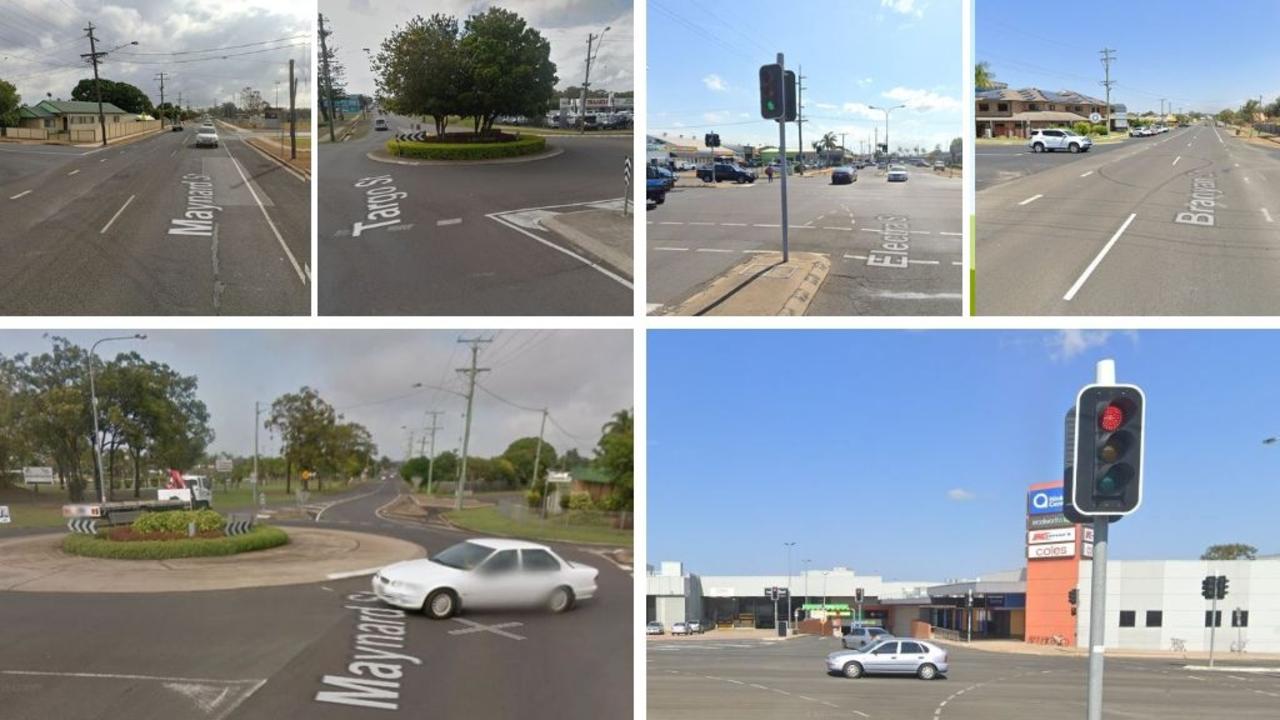RTI release reveals council knew of $26m pool blowout
A Right to Information request has revealed the Bundaberg council knew the cost of its new Aquatic Centre had skyrocketed by many millions of dollars long before they let ratepayers know.

Community News
Don't miss out on the headlines from Community News. Followed categories will be added to My News.
A newly released report on the controversial $76 million Bundaberg Regional Aquatic Centre has revealed the council knew the cost had blown out by millions of dollars eight months before the public was told.
The report was released following a NewsMail Right to Information request for budget documents highlighting the costs of the $76million aquatic centre project in April of 2023.
It was lodged after concerns were repeatedly raised in the community about an apparent lack of Bundaberg Regional Council transparency around the project.
After months of stonewalling, delays and correspondence with the council’s Right to Information office, 38 pages of documents were released on Monday.
Of the pages, 36 were a Bundaberg Aquatic Centre Economic Analysis completed by the AEC group in December 2021.
They revealed the council knew “capital costs estimated for the project … total approximately $71.9 million”. Significantly more than the original costing.
The council did not rush to share this information with ratepayers, the community or even councillors.
It wasn’t until eight months later, when the council announced the tender for construction of the aquatic centre at its August 2022 meeting that the figure of $75.8 million was revealed – a price $4.9 million higher than the estimates outlined less than a year earlier.

In response to questions as to why the public was not told of this new cost until August 2022, CEO Steve Johnston said “while council made some early projected cost estimates for the project, as with any major construction project, full costs are not known until detailed designs are complete and tenders are received, particularly in the current economic climate”.
“Releasing projected costs before or during a tender process can compromise the competitive tender process,” Mr Johnston said.
The cost in the report was calculated before inflation rates soared to their highest level in decades in 2022, including a 6.59 per cent rate for that year.
Concerns about rising inflation had been flagged by the council in the middle of the same year, and contributed to the controversial decision to demolish the Anzac pool.
A post on the council’s Facebook page in July 2022 said demolition of the pool needed to “start now to avoid inflation increasing the overall cost”.
In April 2023, Core Logic reported construction costs within the state has risen 11.6 per cent in the past 12 months.
In July 2021, it was reported the aquatic centre would have a final price tag of “more than” $45 million, based on a council announcement on the Our Bundaberg Region website.
That was the last time the council shared a cost projection through the Our Bundaberg Region website.
By August of 2022 the cost had jumped to $75.8 million, with the price confirmed when the construction tender was awarded to Rockhampton company T F Woollam & Son.
On August 24, 2022, following months of discussion over the aquatic centres price tag reported in a regular council meeting Major Jack Dempsey stated the build would cost $75.8 million.
The very same day, the NewsMail published an article following a heated debate at the monthly council meeting in which Mr Dempsey accused Division 5 councillor Greg Barnes of leaking costing information on the aquatic centre to the media.

It has been reported Mr Barnes requested his own summary of costings for the project, but was stonewalled on multiple occasions before being told he would need to submit a Right to Information request to see the final figures.
It wasn’t the first time the council insisted the information would only be made available via RTI.
In 2022, ratepayer Karen Tulk contacted the council requesting her own breakdown of the costings.
She was told the information was not publicly available, and that she would need to submit a Right to Information application.
The NewsMail’s subsequent application revealed only a small proportion of that information, and certainly none related to current spending on the project, would have been released.




